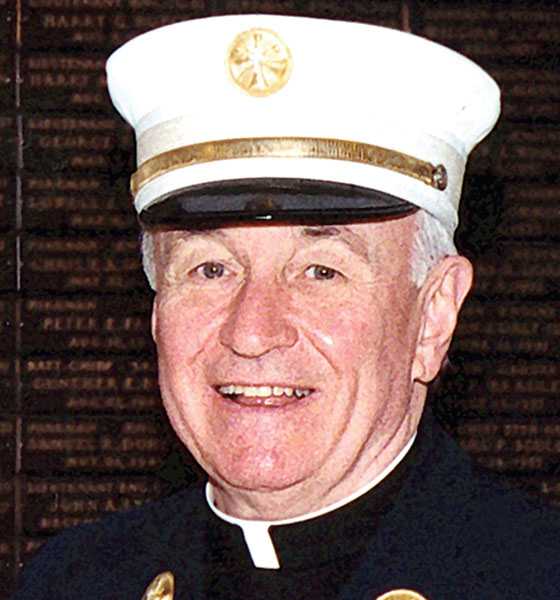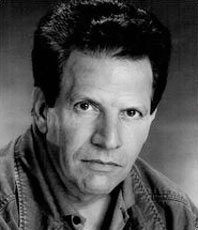
Because so many questions about the attacks were at first unanswerable, the one we kept coming back to was the one that seemed most straightforward: How many died? From among the 21,817 fragments of life eventually found in the rubble—yes, exactly that many, says the chief medical examiner’s office—how many lives could be puzzled back together?
In the minutes after the collapse, rumors suggested a number in the tens of thousands. This was based on the population of the Towers at full capacity: 50,000 workers and, over the course of a day, up to 200,000 visitors. At first it seemed that those enormous numbers made sense and that most of the people in the buildings must be dead, as it was impossible to tell how many dust-covered figures were emerging. Furthermore, such a number was just large enough to match the size of the calamity as it was internalized by people watching in terror. Thinking in the upper five-figures put the loss in the mathematical range of wars (nearly 60,000 American soldiers died in Vietnam) and natural disasters (Krakatoa: 36,000). The attacks and collapse felt, in some ways, like both.
But according to later analyses, only between 14,000 and 19,000 people were in the buildings at 8:46 that morning; within a few days the city’s estimate of the dead, based on missing-persons reports, accordingly shrank to about 6,700. Even that was too high. “As you recall, Mayor Giuliani told everyone to report anyone missing to the city, anyone you hadn’t heard from, which led to a lot of double and triple reporting,” said Ellen Borakove, director of public affairs for the medical examiner’s office. “There were people who were reported missing who weren’t, and people who weren’t reported who were, and they had to sort that out.”
They—a multi-departmental committee led by the NYPD’s Missing Persons Squad—halved the figure fairly quickly. By the end of October, confirmed deaths numbered 3,478, and by the first anniversary, the official count—including the 147 victims on Flights 11 and 175 but not the 224 dead at the Pentagon and in Pennsylvania—hovered around 2,800. Thereafter, the number drifted down more slowly, to around 2,750 by November 2003, where it has pretty much stayed for eight years, occasionally creeping up by one.

But much is lost in that “pretty much.” A paradox of our mostly innumerate society is that we require unreal numbers to make things real. In order to get those numbers, we are usually willing to accept certain estimates as sufficient, indulging in the fiction that we can measure, say, federal spending to the dollar, population tracts to the person. The World Trade Center attacks demanded a different kind of precision. No one could be fractionally dead; no family could be missing an approximate number of loved ones. Inaccurate, incomplete lists that floated around the Internet or that appeared, horribly enough, in overhasty memorials made the problem worse. As does the fact that only about 1,629 of the missing have been positively identified from among those 21,817 remains. The rest, some 40 percent of the total, were issued death certificates by judicial decree, with no real evidence except their absence (see “Unidentified Remains).
So it wasn’t enough to say that the largest contingent among the World Trade Center victims worked in finance (658 at Cantor Fitzgerald alone), followed by the FDNY (343). That the oldest was 85; that the youngest, not including an unborn child, was a 2-year-old on Flight 175. We must have a full accounting. Many of the dead were, after all, accountants, including Jerry J. Borg, who developed pulmonary sarcoidosis after inhaling toxins in the dust cloud that day. He died last December and was officially added to the list in June, bringing the tally to 2,753. For now.
The Delisted
Four of the many people officially counted as dead on 9/11 who ultimately turned up alive.
Nickola Lampley: Worked near Towers; heard her name announced while watching 9/11 first‑anniversary ceremony.
Olivia Khemraj: Last seen by her mother, leaving for a job interview at WTC the morning of 9/11; found by police a year later.
Peter Montoulieu: Reported missing by ex-wife; told CNN in November 2002 he was “shocked” about his place on victims list.
George Sims: Selling trinkets near Towers on 9/11; showed up at a New York City hospital eleven months later, suffering from amnesia.